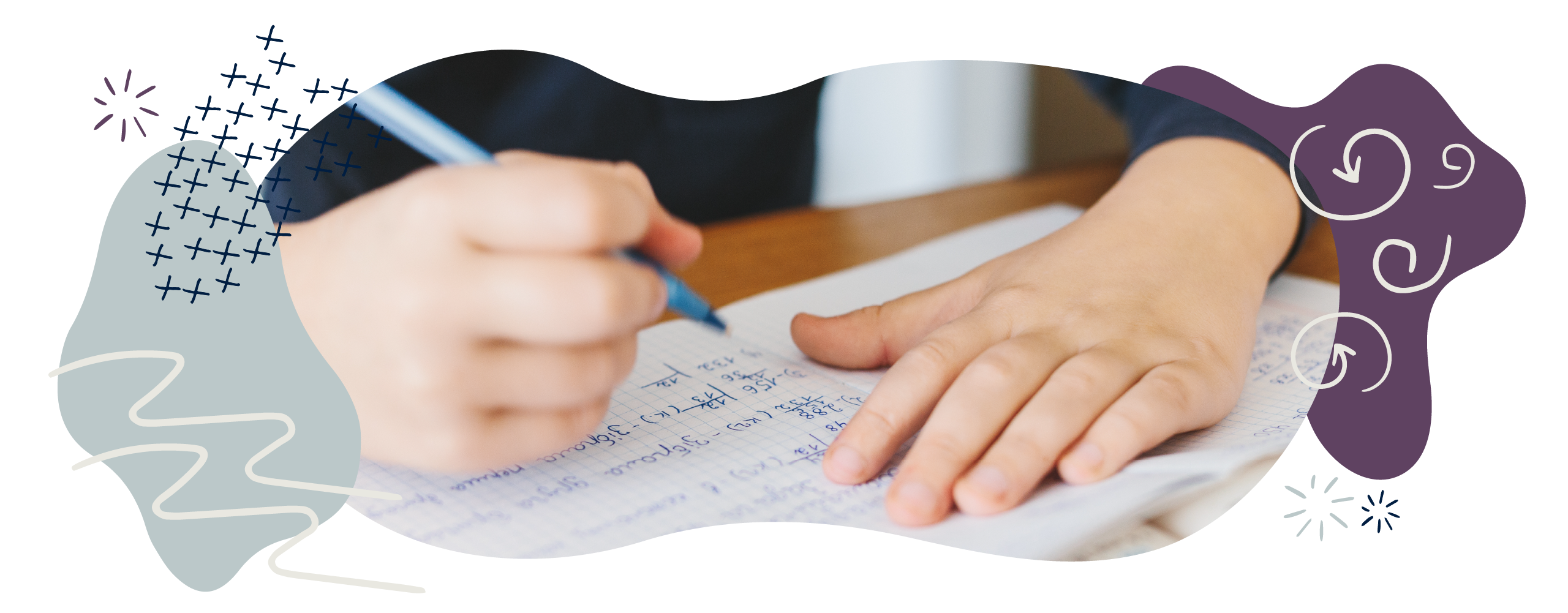Geometry in Year 1 (age 5–6)
In Year 1, your child will recognise common 2D and 3D shapes and they will be able to explain simple turns (for example, a half-turn). They will begin to use some basic geometry words, like sides and edges.
The key words for this section are 2D and 3D.
What your child will learn
Take a look at the National Curriculum expectations for geometry in Year 1 (ages 5–6):
Understand shape properties, and recognise common 2D and 3D shapes
Your child should be able to recognise circles, triangles, rectangles, and other 2D shapes. They will know that a square is a special rectangle because all its sides and angles are equal.
Your child will also learn to recognise spheres, pyramids, cones, cuboids, and other 3D shapes. They will know that a cube is a special cuboid because it has equal edges and square faces.
Describe position, direction, and movement
They will be able to make and identify turns, including whole, half, quarter, and three-quarter turns.
How to help at home
There are lots of everyday ways you can help your child to understand geometry. Here are just a few ideas.
1. Point out shapes around us
Point out and ask your child to name common 2D and 3D shapes. For instance, can they name any 2D shapes in the patterns on your curtains, or in the pictures in their books?
Your child should know that 2D shapes are completely flat. Many children may incorrectly say that items like coins are 2D shapes – be sure to explain that a coin is a 3D shape (a cylinder) because it has height and is a solid.
Ask your child to relate everyday objects to 3D shapes: a ball is a sphere, a cereal box is a cuboid, a can is a cylinder, and so on. Encourage them to see shapes in different orientations and sizes.
Activity: Match the shape

Find the hidden shapes in the picture.
2. Use the language of shapes
Try to use the specific mathematical language when talking about shapes. For example, there is no 2D shape called a diamond. The shape your child might think is a diamond is either a square, a rhombus, or a kite.
Try giving your child a 3D shape (for example, a cereal box) to touch and explore. Encourage them to use specific language such as straight, curved, edges, faces, and corners/vertices to describe it. For example:
The cereal box is a cuboid. It has six faces and eight corners. All of its edges are straight.
You could also try showing your child a cylinder and a cube and asking them to describe their similarities and differences. For example, while they are both 3D shapes, cylinders have two circular faces and a curved surface whereas cubes have six square faces.
3. Play ‘guess the shape’ games
You could play a game with 3D shapes and a bag that your child cannot see through:
- Hide a shape in the bag and ask your child to feel the shape.
- Ask your child to describe the shape as best they can and try to work out what it is.
- Once your child has told you what shape they think it is, take it out to see if they were correct.
This will help children to begin visualising the shapes, which is an important skill they need to develop. If you’re out and about, you can play a different version of this game. Think of a shape and prompt your child to ask you questions in order to guess the shape. You can only answer ‘yes’ or ‘no’.
4. Play ‘find the object’ games
Try to find everyday opportunities to use the language of position, direction, and motion. For example:
Left, right, top, middle, bottom, on top of, in front of, above, between, around, near, close and far, up, down, forwards, backwards, inside and outside.
You could play a game with your child by hiding an object around the house for them to find. Encourage them to ask questions using the language mentioned above. For example:
‘Is the object hidden inside a drawer?’
‘If I move backwards, will I be closer to the hidden object?’
Encourage your child to make or identify whole, half, quarter, and three-quarter turns in both directions. This will help them to understand angles, which are measurements of how much something turns.
